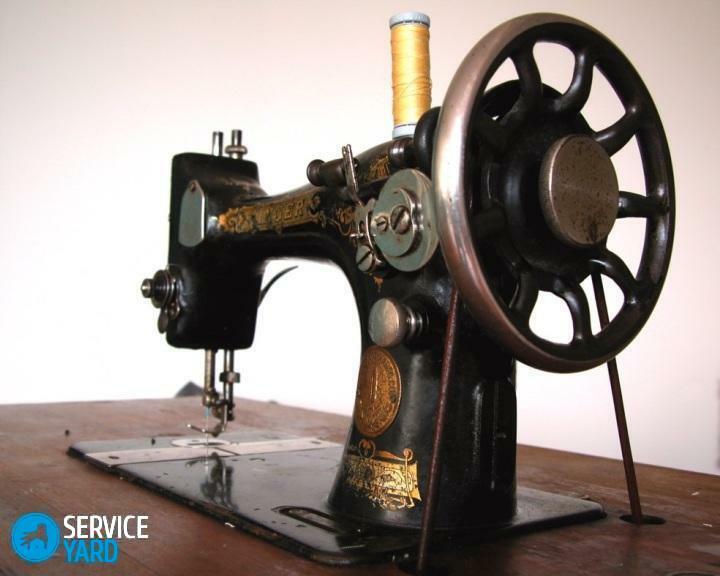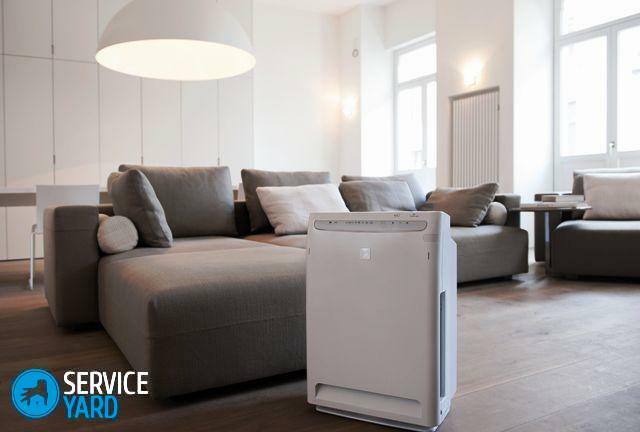gas pressure differentials occur. For a constant flow regulating pressure and relieving excess pressure in the system is established bypass valve. It is used in both centralized networks and in local highways private homes.

Applications and Uses
Bypass Valves are installed in the liquid and gas pipelines, which may regularly increase the pressure for different reasons. The object of this device is to maintain the operating pressure in the system. When increasing the pressure on the trunk portion to the valve set, it resets the part of the working medium into the bypass circuit, thereby reducing the pressure in the primary system.
These devices are used in the systems:
- hot and cold water,
- heat from any source,
- cooling
- conditioning.
A separate area - the automotive industry. They are installed in the cooling systems and fuel supply. Bypass valves in automobile engines with turbo blower is regulated by the turbocharger.

Construction and operation of any of the overflow valve
Its body is made of steel or brass. The main element of the internal mechanism is a shutter (flap) covering the passage opening. The gate is kept closed by a spring condition. In some models it is the role of the membrane or diaphragm. The spring force is adjustable tuning arm outputted to the external surface of the housing.

Hydraulic operation based on the flow of working medium pressure in the pipe at the stopper, located within the housing. While the force less than the adjustment lever, the drain hole is closed. As soon as the pressure becomes greater than the adjustment, the pressure on the spring leads to its contraction. As a result, the hole drain is ajar and the portion of the stream is bypassed in a bypass circuit, reducing the pressure in the main hydraulic system.
Then the process is reversed - the pressure reduction leads to an unclamping spring and close the shutter, and the valve is again ready for the next discharge. Pressure compensation occurs continuously in the automatic mode. When the system is in the "closed hydraulic valve" bypass channel remains permanently open, providing continuous recirculating flow of bypass circuit carrier.

Unlike other types of safety valves
Similarly, the device and the principle of action and other valves have to be set for the safe operation of pipelines. But they differ in purpose and requirements.
| valve type | Mechanism of action | Principle of operation |
| overflow | Installed in the bypass circuit and redirects it in a part of the flow | Constantly working, as necessary |
| Safety | It reduces the pressure in the system, throwing out portion of the carrier | An abnormal pressure rise |
| Pressure relief | By varying its capacity, regulates the pressure in the portion of the main circuit downstream of the place of installation | Full time job |
The bypass valve reduces the load on the system pumps without changing the amount of the carrier therein.
Specifications
Key values, determining possible bypass operation devices in the system:
- The diameter of the passage. The inner passage cross section through the valve carrier. May differ from the diameter of the main system loop.
- Throughput. It characterizes the volume of the working medium can pass through the valve per unit of time at a nominal pressure of 1 atm. Measured in cubic meters / hour.
- The ultimate pressure. The maximum value of the excess pressure, which is designed for operation of the device. The excess in the system of this parameter leads to a displacement of the valve stem and the top bypass carrier. Determined at a temperature of the carrier 20 ° C.
- Setting range. Boundaries overpressure adjustment possibilities at which the valve starts opening. Unit of measurement - bar.

Varieties of relief valves
When the similarity principle and device performance have additional differences.
Process connection
On highways small diameter (150 mm) of the input and output connections are usually performed by a threaded connection. Options - external or internal pipe thread. In pipelines of large cross section is used to connect by welding or with the use of flange connections.

flow direction
Valve placed in the main flow, normally has an angular shape for connecting the discharge circuit. Valves included in the bypass pipe may be straight-through.

The active element
Typically, the overlap is carried outlet shutter or flap. But in some designs, the locking member is a diaphragm connected to a rod. Application diaphragm embodiment is recommended in lines with medium containing in addition to the liquid or gas particulates.
Mechanism of action
The difference in the method of influence on the locking element has given rise to two types of valves.
- Direct action. A simple mechanical device in which the coolant acts directly on the active element of the valve. Inexpensive and relatively easy to maintain.
- With elements of indirect exposure. Actually it consists of two valves. a small-diameter valve works as a pressure sensor and, when the rod operates the main valve, which opens in the flow channel overflow. Characterized by a fine adjustment threshold.
Criteria selection device
Diverter valves are needed in the following types of pipework:
- Boiler storage system. The water is under pressure, and periodic on / off switch lead to sudden changes in volume and pressure of the flowing fluid.
- Hot water supply systems of direct action, provided with temperature control devices. When the temperature changes and changes in the volume of the medium pipe. Requires constant adjustment and smoothing of pressure surges.
- Multi-loop heating system. When disconnecting any of the circuits increases the pressure in the other parts. Overflow device to minimize variation of the load on the system pumps.
- Solid fuel heating device is not able to drastically reduce the temperature of the carrier after the shutdown. Translation flow in the bypass line to reduce the cooling time.
When choosing a suitable type of overflow safety device must take into account the following parameters:
- Diameter and a way to connect, you can enable it in the adjustable trunk.
- The capacity shall comply support allotment calculated in the case of maximum load.
- The working temperature of the device and its manufacturing material.
- The need for adjustment of the valve switching point. Its range must be within the planned changes in pressure.
Importance and orientation of the products known manufacturer.
mounting Features
The specific installation place of the bypass circuit device depends on the type and the pipeline. The valve may be incorporated in an additional branch circuit. For heating closed loop excessive depressurization is carried out in the reverse direction line. It is also possible its use as a safety valve, the setting for the alarm pressure and with fluid withdrawal of the drain.
The single-circuit heating line bypass valve installed in the bypass after removal of the injection pump.

For greater safety and security of the entire heating circuit is desirable in addition to the bypass device installed and additional:
- a check valve to prevent reverse flow direction,
- the air extraction valve for venting air pockets,
- a drain valve for a complete reset of the system carrier,
- Small diameter of cottage-type systems - strainers.
In meshed systems, the bypass valve is installed in each circuit.
Tips for setting up and maintenance
Put the valve with adjustable overpressure range stands for those who already have experience in the calculation of the required value. Opening the drain begins at a pressure selected setting. But it is fully opened generally at a pressure greater than the initial value by 20%. But the calculation can not be based only on this record, because such a reduction in the working pressure in the system is not linear. Reset carrier part already reduces the load on the valve body. Therefore, for the accurate calculation of bandwidth capacity devices are guided by the diagram given in the data sheet.
Note that setting the error of most regulators is 10%. For the initial setting, and follow-up it is recommended to install pressure gauges before and after the point of the bypass.
Adjustment Sama conducted either shift the slider along the scale or by rotation of the adjusting screw. After installation and verification of a desired value fixed clamping screw nut.
Current care of the bypass valve is in the monthly monitoring of the initial set pressure and opening speed. You need to monitor and filter condition.
When the malfunction of the valve should be to dismantle, take apart and clean all parts. Perhaps the problem is caused by blockage of a simple mechanism.



